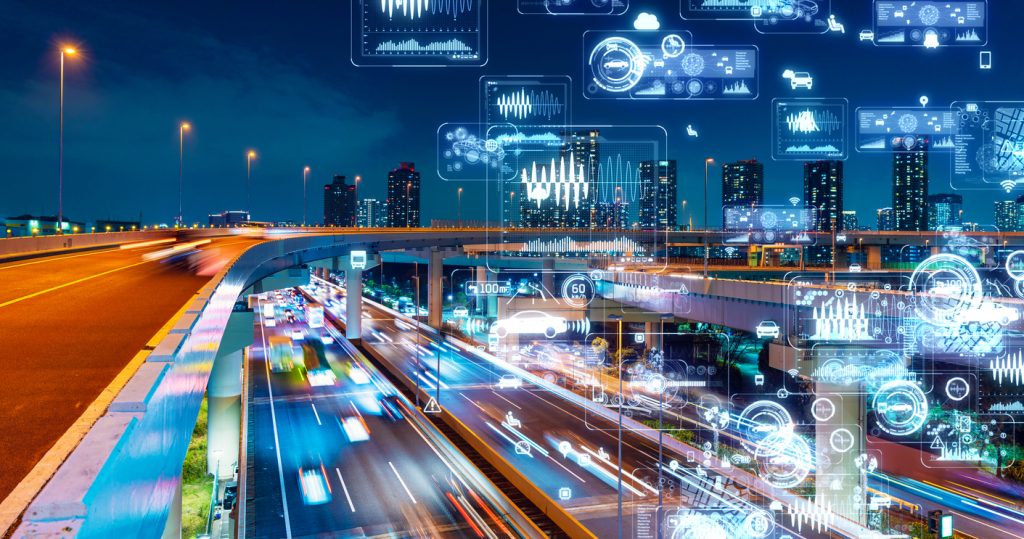
## AI-Powered Smart Cities: Optimizing Infrastructure and Services## AI-Powered Smart Cities: Optimizing Infrastructure and Services Artificial intelligence (AI) is revolutionizing urban environments, enabling “smart cities” that harness the power of technology to enhance infrastructure, services, and the overall quality of life for residents. By leveraging AI algorithms and IoT (Internet of Things) devices, cities are transforming into intelligent, interconnected ecosystems that: Optimize Traffic Flow: AI-powered traffic management systems analyze real-time data from sensors and camera feeds to identify congestion hotspots and optimize traffic signals. This reduces delays, improves commuting times, and lowers carbon emissions. Enhance Public Transportation: Smart buses and trains use AI algorithms to predict passenger demand and optimize routes, reducing wait times and improving efficiency. AI also enables contactless payment systems and provides real-time bus and train arrival information. Improve Waste Management: AI-driven waste bins monitor waste levels and predict collection needs, reducing overflows and optimizing collection routes. Predictive analytics also helps identify areas with high waste generation and target recycling efforts. Monitor and Manage Energy: Smart grids equipped with AI optimize power distribution by forecasting demand and adjusting generation. This reduces energy wastage, improves reliability, and integrates renewable energy sources. Enhance Public Safety: AI-powered surveillance systems use facial recognition and object detection to improve security. Predictive analytics identifies areas at risk of crime and helps law enforcement respond more effectively. Provide Personalized Services: AI-based virtual assistants and chatbots connect residents with city services, provide information on events and attractions, and facilitate citizen feedback. These services tailor to individual needs and preferences. Optimize Infrastructure Maintenance: Sensors and AI algorithms monitor infrastructure assets, such as bridges and water pipes, detecting potential issues before they escalate into larger problems. This predictive maintenance reduces downtime and maintenance costs. Benefits of AI-Powered Smart Cities: * Enhanced infrastructure efficiency and reduced costs * Improved mobility and livability for residents * Increased public safety and security * Reduced environmental impact * Improved community engagement and citizen participation Challenges and Considerations: * Privacy concerns related to data collection and surveillance * Access to affordable and reliable broadband infrastructure * Ethical implications of AI algorithms and bias * Interoperability and standardization of smart city systems In conclusion, AI-powered smart cities leverage advanced technologies to optimize infrastructure, enhance services, and improve the quality of urban life. By embracing AI, cities are becoming more resilient, sustainable, and livable, creating a brighter future for their residents.
Posted inNews